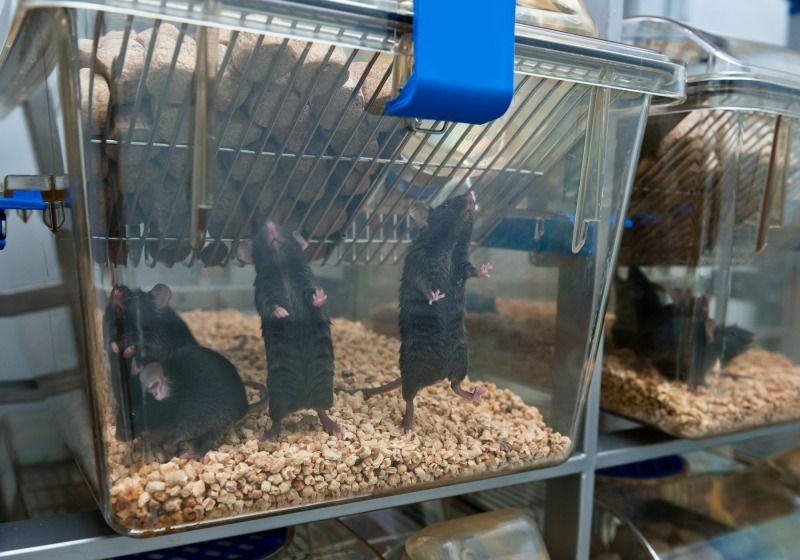What happened to the Head Transplant?
Get the latest international news and world events from around the world.
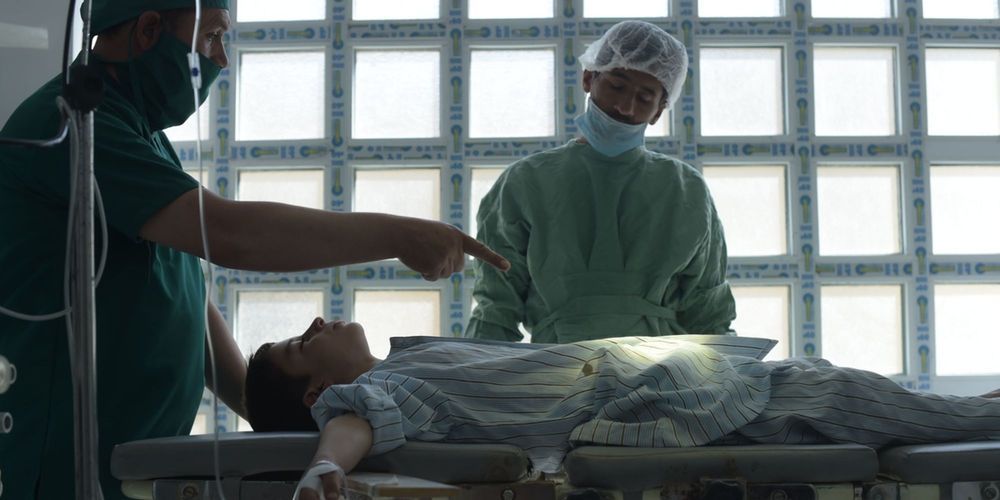
The promise
One of the research’s lead investigators, Michael Hill, said in a press release, “We envision this new technique as a low-cost office procedure done under local anesthesia. The whole process would take about five minutes.”
While currently in the process of arranging licensing for their procedure, the researchers are already looking toward using it with other collagen tissue such as tendons, and even corneas for the correction of vision issues. In animal tests, they’ve already had some success with reshaping a cornea using a 3D-printed contact lens painted with electrodes and to which they applied electrical current to soften the cornea. This is especially exciting due to the structure of its collagen fibers. Says Hill during the presentation, “It turns out that in order to remain transparent, the [layers of] collagen fibers are all perfectly aligned.” Molecular surgery allows correction of the cornea without disrupting that required layering.
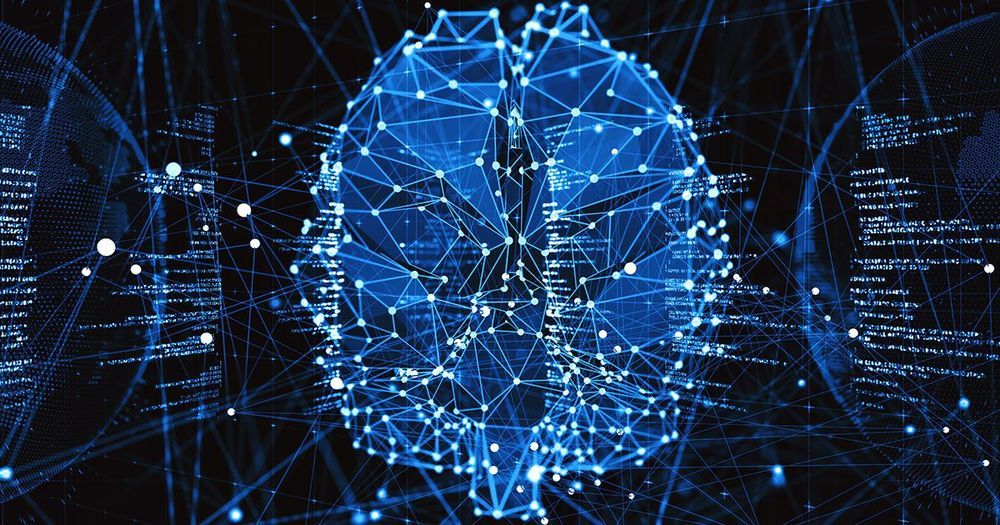
Using AI to Make Better AI
Next month, however, a team of MIT researchers will be presenting a so-called “Proxyless neural architecture search” algorithm that can speed up the AI-optimized AI design process by 240 times or more. That would put faster and more accurate AI within practical reach for a broad class of image recognition algorithms and other related applications.
“There are all kinds of tradeoffs between model size, inference latency, accuracy, and model capacity,” says Song Han, assistant professor of electrical engineering and computer science at MIT. Han adds that:
“[These] all add up to a giant design space. Previously people had designed neural networks based on heuristics. Neural architecture search tried to free this labor intensive, human heuristic-based exploration [by turning it] into a learning-based, AI-based design space exploration. Just like AI can [learn to] play a Go game, AI can [learn how to] design a neural network.”

Meet The Amazing Fungus That Farms Bacteria
5. Division of labor
Much like division of labor in human societies, parts of the thick-footed morel fungus cultivate the bacteria while other parts help store the carbon for future use. This source-sink system is similar to human agricultural systems, where we move food from the fields to be processed and sold at grocery stores.
These five characteristics were confirmed experimentally using cell counting and 13C isotopic labeling. Much like humans, fungi can use cultivation, harvesting, storage, dispersal, and division of labor to farm bacteria. Don’t fear, hallmarks of agriculture that we can still claim as unique to humans include artificial selection or development as well as cultural transmission of agricultural innovations.
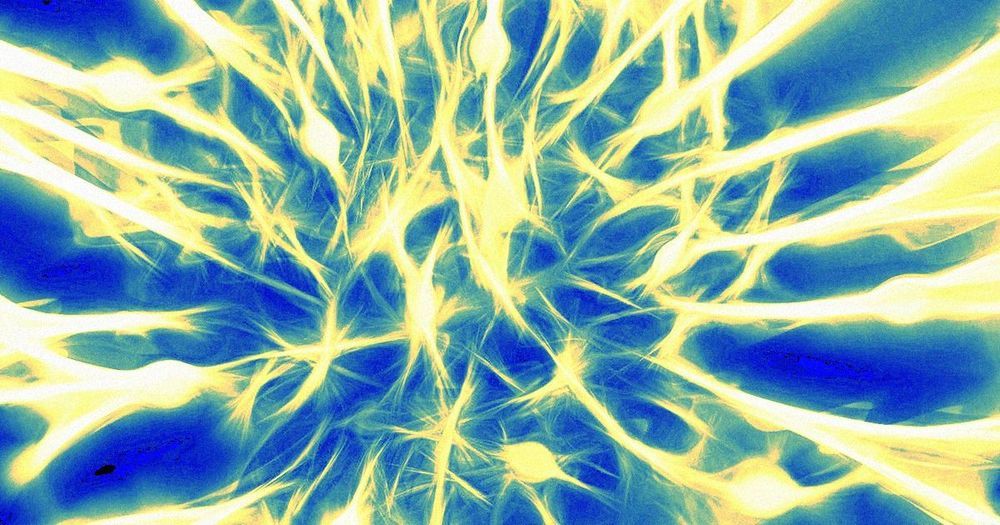
“The Mice Became Smarter”: New Treatment Restores Aging Brains
Scientists at Stanford University say they’ve devised antibodies that block a specific gene related to brain aging — and that it’s giving old mice the cognitive prowess of younger ones.
“The mice became smarter,” senior author Tony Wyss-Coray said in a statement. “Blocking [the gene] CD22 on their microglia restored their cognitive function to the level of younger mice. CD22 is a new target we think can be exploited for treatment of neurodegenerative diseases.”
Can bees do maths? Yes – new research shows they can add and subtract
The humble honeybee can use symbols to perform basic maths including addition and subtraction, shows new research published today in the journal Science Advances.
Despite having a brain containing less than one million neurons, the honeybee has recently shown it can manage complex problems – like understanding the concept of zero.
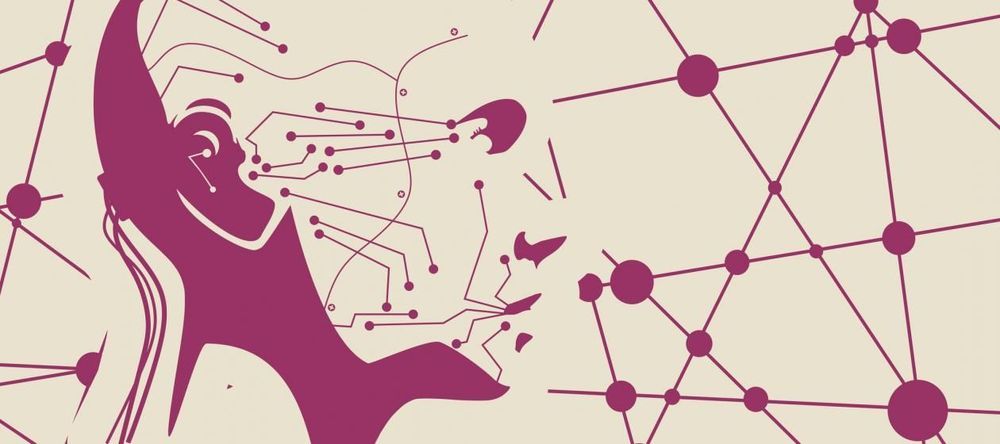
Can human mortality be hacked?
A fringe group of scientists and tech moguls think they’re closing in on the fountain of youth. Here’s everything you need to know:
What is biohacking? Silicon Valley is built on the idea that technology can optimize, or “hack,” any aspect of our lives — so why not the human life span? Until recently, anyone hawking pills or treatments that promised to restore youthfulness was considered a quack, yet a growing number of “transhumanists” are convinced that, in time, human beings can be transformed through bioengineering, and that aging will be curable just like any other malady.
In light of rapid gains in gene editing, nanotechnology, and robotics, some futurists expect this generation’s biohackers to double their life spans. Aubrey de Grey, a regenerative medicine researcher backed by tech mogul Peter Thiel, insists that someone alive today will live to be 1,000. “It’s extraordinary to me that it’s such an incendiary claim,” de Grey says. Korean physician and financier Joon Yun has offered two $500,000 prizes to anyone who can restore a test animal’s youthful heart rate and extend its lifespan by 50 percent. For humans, the mortality rate at age 20 is 0.001 percent, Yun figures, “so if you could maintain the homeostatic capacity of that age throughout your life, your average life span would be 1,000.”
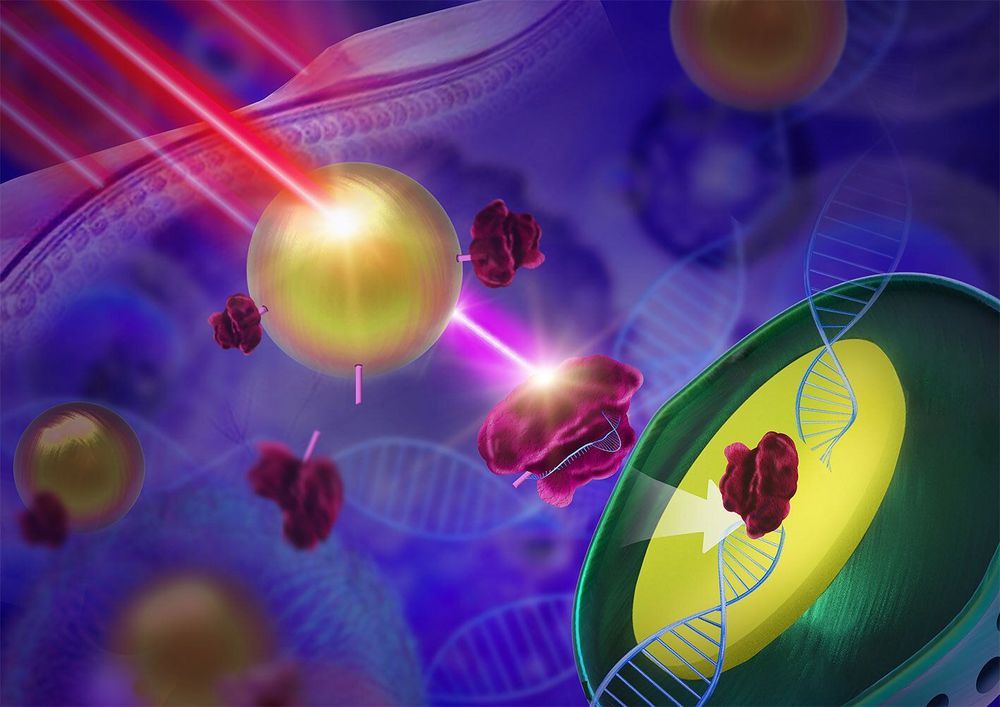
A light-based carrier system for CRISPR-Cas9 gene editing
A team of researchers from Nanjing and Xiamen Universities in China has developed an alternative to using viruses to transport CRISPR-Cas9 gene editing tools into a desired cell—and it involves two types of light. In their paper published in the journal Science Advances, the group describes their new type of carrier and how well it worked with test mice.
CRISPR-Cas9 gene editing tools are a coming revolution in treating genetic conditions, and scientists continue to test their abilities in a variety of applications. One area of study has involved looking for a replacement carrier system—the current approach uses a virus to carry the gene editing tool into a particular cell. Early on, researchers knew that the virus approach was not viable because of possible responses from the immune system, or worse, the threat of initiating tumors. In this new effort, the team in China has come up with an entirely new way to deliver the gene editing tool using two kinds of light.
Their carrier system consists of nanoparticles that are sensitive to low-energy near–infrared radiation (NIR) and that emit UV light. When NIR is shone on the nanoparticles, the light is absorbed and converted to UV light, which is emitted. Inside of a cell, the package is activated by shining NIR onto the skin, where it penetrates into the body and makes its way to the gene editing tool. When the NIR is converted to UV light, it cuts molecules in the carrier package, releasing the gene editing tool to do its work.
